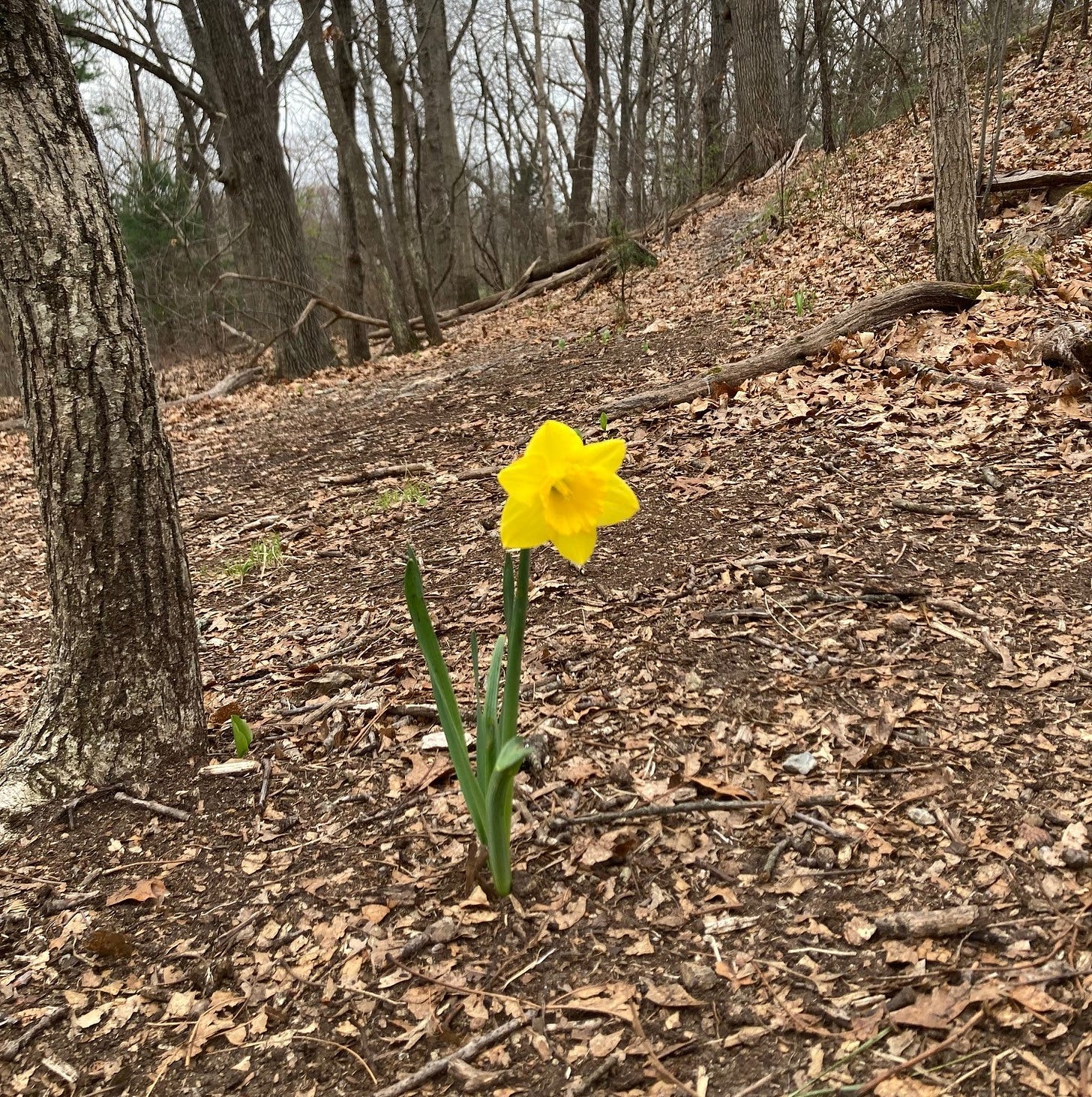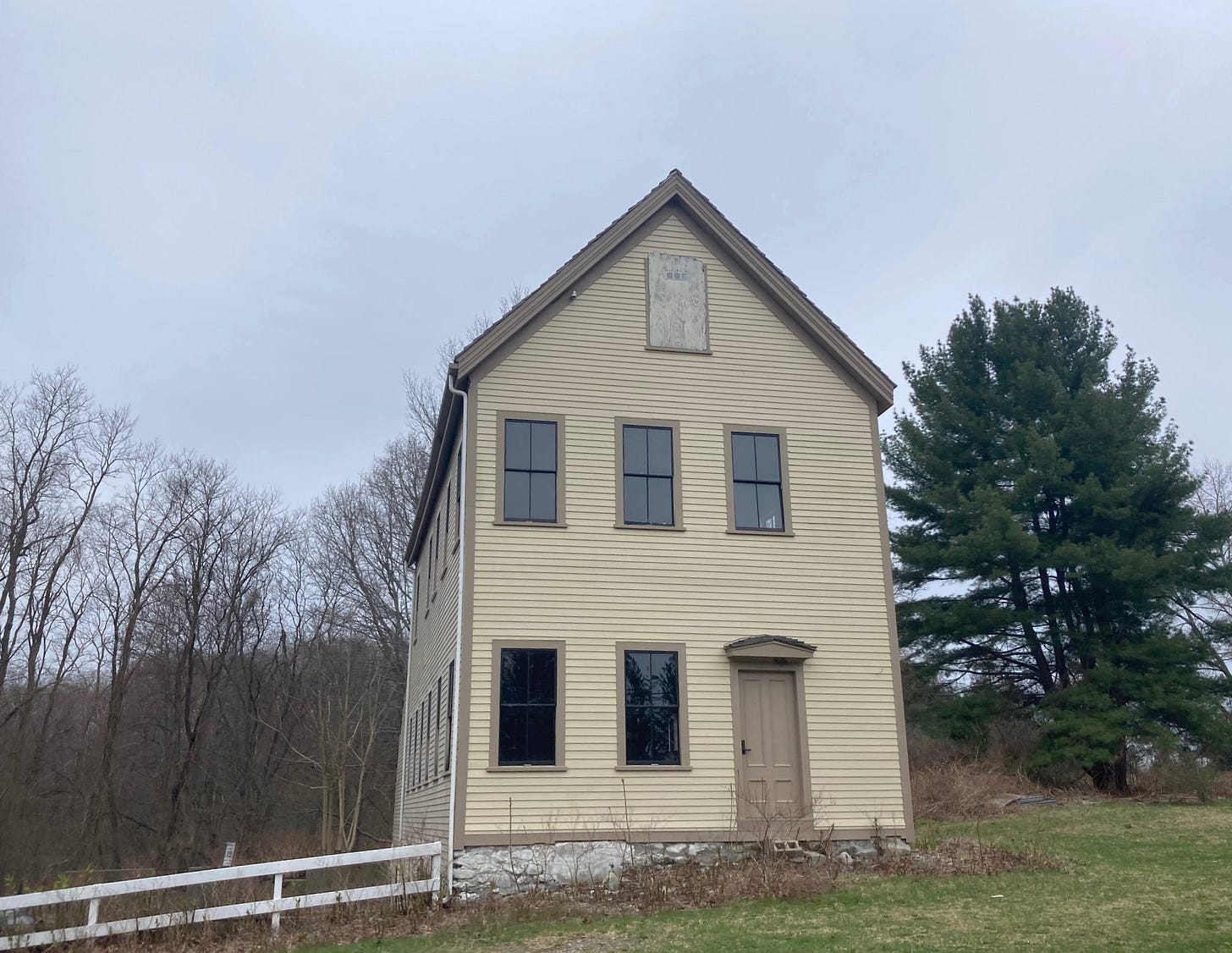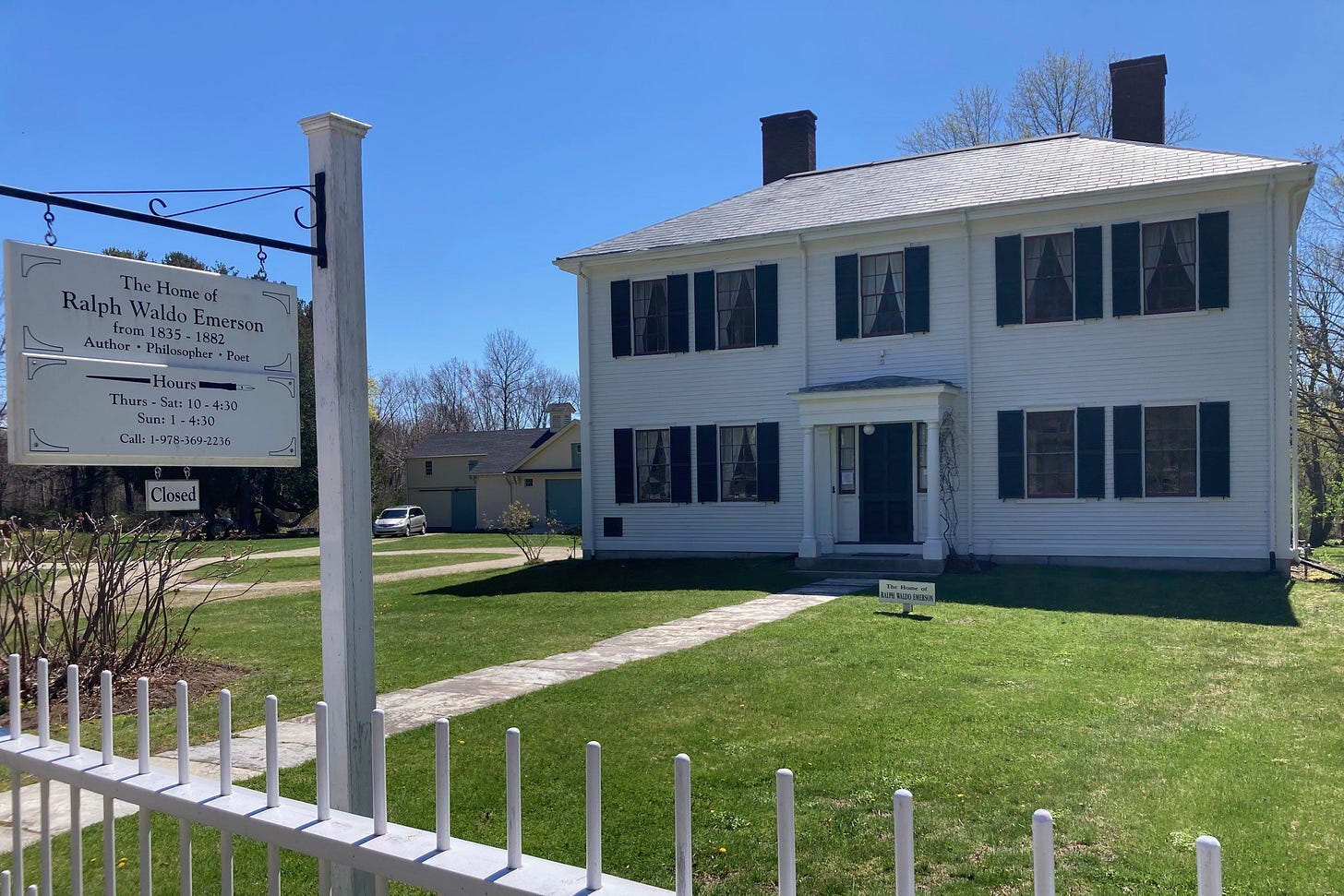
I got to thinking about utopias one day last week. Like ice harvesting, the American Civil War, and 19th century wallpaper manufacturing, the topic fascinates me.
I mean, who doesn’t want to live in a perfect world?
Plenty of antebellum Americans, for starters. In his book Brook Farm: The Dark Side of Utopia, Sterling F. Delano writes that 119 “communal and utopian societies were established in the United States between 1800 and 1859. . .more than half of them were formed during the ‘frenetic forties,’ a decade marked by some of the most intense reform fever that America has ever witnessed.”
Most of the communal utopias that were born—and, usually, died in infancy— during this time were centered around religion, communal property and labor, and/or some European white guy’s structured, jargon-laden workflow charts. Given the Second Great Awakening, the economic Panic of 1837, and the rapid rise of industrialism in America, people’s reasons for forming or joining many of these communities make historical sense from religious, economic, and social standpoints. There were also outliers: the monogamists-need-not-apply Oneida Community, a couple of vegan spots.
One person’s heaven really is another’s hell.
Of the 60 American utopian communities established during the aforementioned frenetic 40s, only five were in New England. Based solely on my own backyard gardening experiences, why even one person would attempt an agricultural La La Land in the stony, weather-challenged northeast is beyond me.
But, hey, these people obviously would’ve done ample research before making such life-changing investments of time and resources, right?

Weeeelllll. . .let’s look at the case of George Ripley. This successful, Boston-based minister was annoyed that his congregation—and Unitarians in general—weren’t doing enough to walk the talk of loving their fellow man and crusading against injustice. During the fall of 1840, he vowed to leave his post of 14 years to do—to do—something.
George and his wife, Sophia, had vacationed the previous summer at a dairy farm near Boston, where, Sophia wrote, they were “leading a life of extreme self- indulgence in the most positive retirement.”
Pretty much every time my husband and I go on vacation, we daydream about living in the places we visit. We’ve even gone so far as tour a few houses. Thankfully, we’ve come to our senses and realized that the reality of rooting ourselves in, say, the Dominican Republic or on Martha’s Vineyard, would be much less appealing than dipping in and out of these places periodically.
Unfortunately, George and Sophia Ripley did not come to this realization. They decided: “Hey! We’re going to buy this dairy farm and transform it into a self-sustaining, agricultural, socialist/utopia showplace and invite all of our Transcendental* buddies to invest in this amazing opportunity to show the world that people can both shovel manure and write poetry, live in brotherly and sisterly harmony while saving the world, worship or not worship God any darn way they choose!”
Apparently, George didn’t curb his enthusiasm enough to reflect, “Hmm, should we attempt to establish a socialist utopia at the Ellis Farm simply because Soph and I had a blast here last summer, or should we perhaps look elsewhere for more fertile grounds?”
Seems it also didn’t occur to him that it might be wise to stick with the proven and profitable dairy business until he and his fellow community members could determine whether the “sandy and gritty soil” could be wrangled into sustaining crops.

Instead, George did what any library card carrying intellectual would do: he spent the winter of 1840-41 reading farming books at the Boston Athenaeum. He made crop rotation charts, calculated how many days and hours to allot for each farming task, filled the pages of his journals with notes and to do lists.
As Delano sums up Ripley’s pre-utopia game plan: “Ripley arrived at the Ellis dairy farm at the end of March (1841) armed with only his good intentions and just one person who had any real farming experience.”
And, hey, he changed the name from “Ellis Farm” to the more romantic “Brook Farm,” so there’s that.
Ripley’s Transcendentalist friends—at least, the ones who had any money—weren’t chomping at the bit to get involved in his experiment. Despite considerable hounding, Ralph Waldo Emerson made it clear he wanted no part of Ripley’s plans. Perhaps Emerson wrote Self Reliance in 1841 as a response to Ripley’s badgering him to invest in communal living.

Nathaniel Hawthorne, of The Scarlet Letter fame, did take the bait for two reasons: 1. He wanted to find nice digs for himself and his fiancé, Sophia Peabody 2. He viewed Brook Farm as an interesting anthropological experience and potential writing fodder. Which indeed it proved to be.
When visiting the Brook Farm site last week, a Hawthorne quote jumped out at me from a kiosk brochure: “. . .This is one of the most beautiful places I ever saw in my life. . .There are woods, in which we can ramble all day. . .”
In fact, Hawthorne didn’t have the opportunity to ramble the woods all day because it turns out that farming is hard. Hours are long. By the end of the summer, Hawthorne was complaining to his fiancé: “Oh, belovedest, labor is the curse of the world, and nobody can meddle with it without becoming proportionately brutified. Doest thou think it a praiseworthy matter, that I have spent five golden months in providing food for cows and horses?”
So much for the harmonies of mind and muscle, of reveling in a classless society where labor is considered no more “brutified” than playing the flute or crafting sonnets. So much for the romance of the rural farm.

From all accounts, many residents did work hard to cajole the proverbial blood from the turnip of Brook Farm’s less-than-fertile soil; however, the experiment was doomed from the start by ill-preparedness, a lack of money that grew worse with each passing day, and poor leadership. These foundational issues were made worse by dissension about how best to effect social reform while remaining solvent. And then by a smallpox outbreak in 1845. And then by a fire that burned down a massive, partially built communal living and working structure in 1846.
A structure that was, of course, uninsured.
Following the fire, George Ripley mentally threw in the towel on his Brook Farm experiment. The community was formally dissolved in October 1847, and sold at public auction in 1849. The good Samaritan who purchased the property gave it to what was then the city of Roxbury (now part of Boston), which fittingly re-located its almshouse there.
The many disasters that befell Brook Farm are regrettable; however, this utopian community and others were destined to fail eventually for one simple reason: people. The vision of a classless society, where a blacksmith and a lawyer can toil together by day and stage tableaux vivants by night, sounds lovely but—news flash—individuals are—individual. They see things differently, have different backgrounds, different personalities, different ways of preparing their coffee, any or all of which can cause friction when two or more people are together in a room, or in a communal living situation.
As Depeche Mode aptly states the case: People are people, so why should it be?
You and I should get along so awfully.
That’s why when I read articles about proposed tech bro utopias, all I can do is laugh. Think of all those egos. All that testosterone. All of those intranets that will be set up and bickered over (“dude, my code is better”) for online gaming and bitcoining and scifi streaming and other stuff I’d prefer not to think about.
Good luck, bros, you’ll need it.
According to the Encyclopedia Brittanica, the word “utopia” was compounded by Sir Thomas More in 1516 from the Greek words for “not” (ou) and “place” (topos) and thus meant “nowhere.”
As long as humans are the beings forming utopias, “nowhere” is the only place where such paradises will ever exist.
*What is Transcendentalism? The most comprehensive, yet succinct, explanation I’ve come across is this one, from the Explanatory Notes in the Oxford World’s Classics version of The Blithedale Romance: “a New England literary and philosophical movement which flourished in the period between Emerson’s Nature (1836) and the outbreak of the Civil War. . .German philosophy and English Romanticism were important influences; there was no common credo, but members of the group shared a suspicion of organized religion, and a belief that the divine could also be found in nature, or in great art and thought. Transcendentalists were frequently associated with progressive causes, such as the anti-slavery struggle, or the campaign for women’s rights.”
**Keeping in mind, of course, that Mr. Hawthorne “feels it right to say” his Blithedale characters are “entirely fictitious.” Mmmhmm. He also “does not wish to deny, that he had this Community (Brook Farm) in his mind, and that. . .he has occasionally availed himself of his actual reminiscences.” Truth, at last!
Resources:
Delano, Sterling F. Brook Farm: The Dark Side of Utopia. Harvard University Press, 2004.
Gura, Philip F. American Transcendentalism: A History. Hill & Wang, 2007.
https://www.mass.gov/doc/brook-farm-brochure/download
Hawthorne, Nathaniel. The Blithedale Romance, Oxford University Press, 2009. Hawthorne's book was published originally in 1852, and you can find it for free online.




That was both informative and entertaining! I had no idea of the birth of utopian societies at that time. I also totally agree with you!
I have Mary McCarthy’s novella, Oasis, which is a satire of New York liberal intellectuals starting a utopian colony in Vermont. I couldn’t get into it. Too many 1950s cultural references I didn’t get. You are welcome to it!